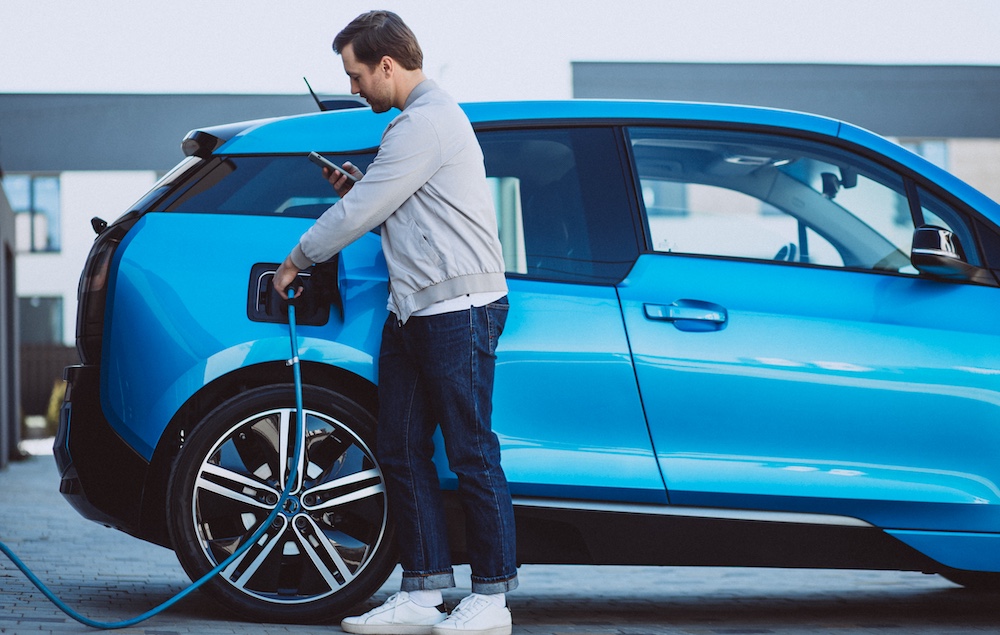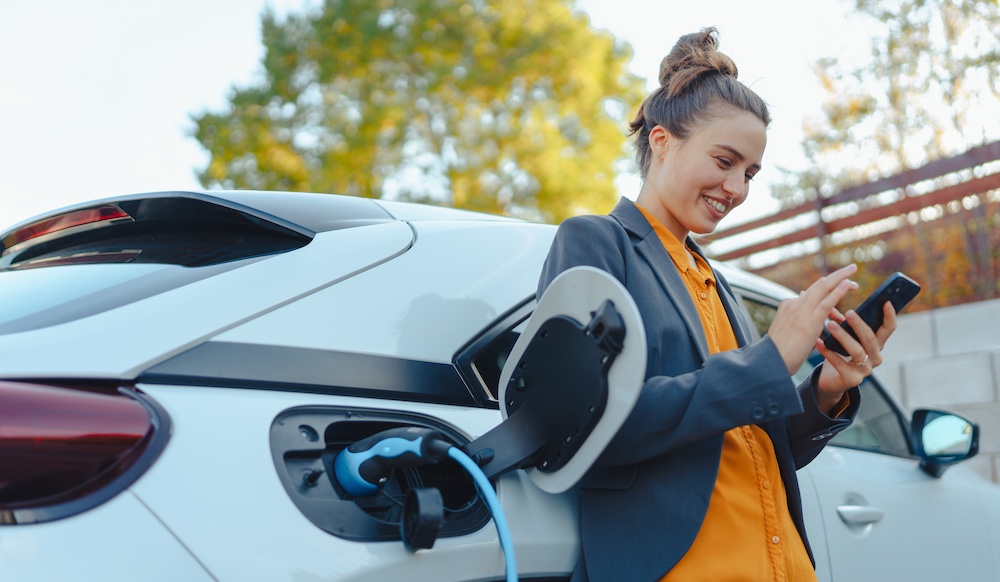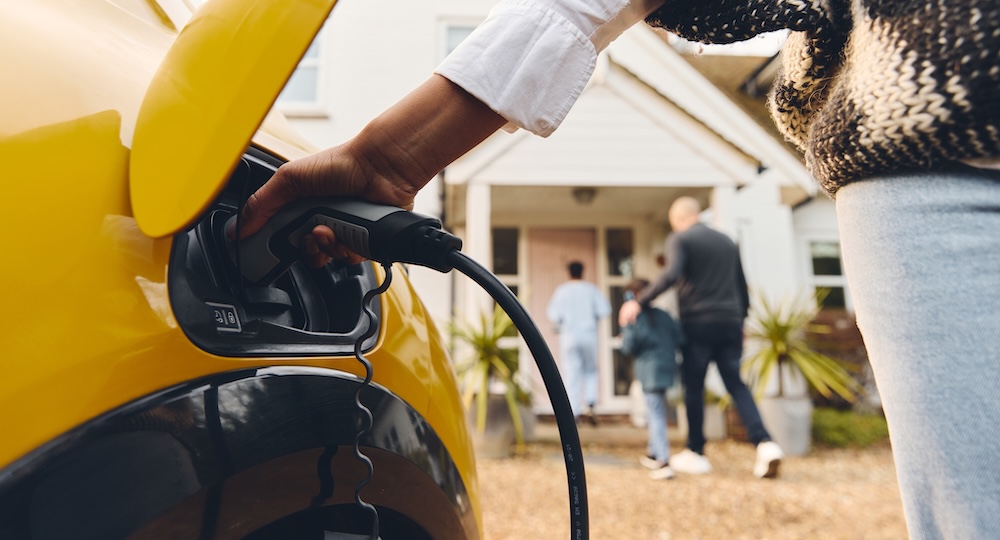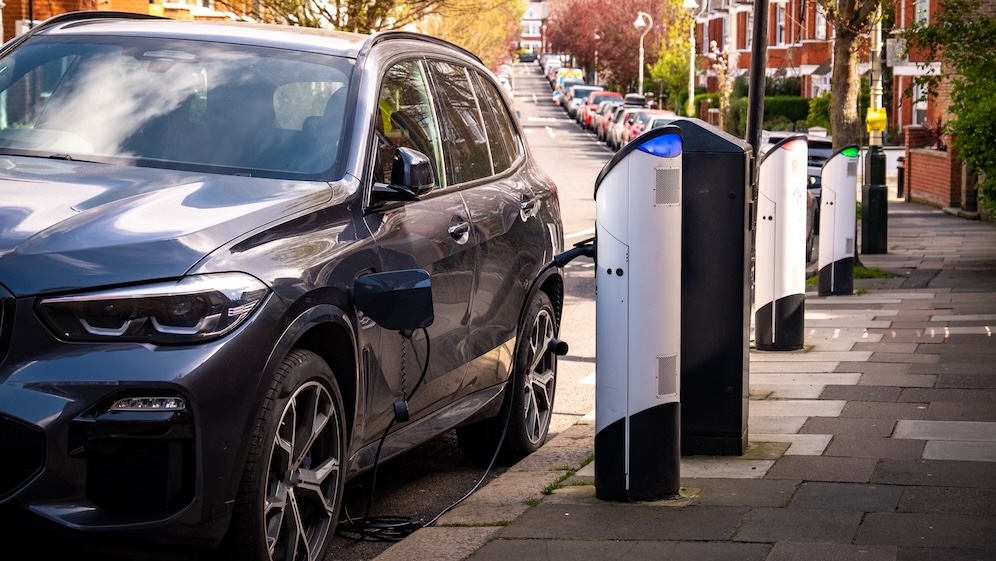How much does it cost to charge an electric vehicle at home and on the go
You’ve probably heard that it’s cheaper to charge an electric vehicle (EV) car battery than fill a car fuel tank, but how much does it cost to charge an electric vehicle?
As the number of people choosing electric vehicles continues to rise, you may be wondering if the greener choice of vehicle is as friendly for your pocket as it is for the planet. Understanding EV charging costs (or other running costs such as insurance and servicing) is a key consideration before you make the switch.
What affects EV charging costs?
Just like with a petrol or diesel vehicle, there are several factors that can impact how much it costs to charge your EV.
Here are some examples:
- Your EV battery capacity (measured in kilowatt-hours, or kWh)
- The efficiency and range of your battery (how far your car is estimated to travel on a fully charged battery)
- Your typical journeys, how far you travel and the types of roads you travel on
- Whether you mostly use home EV charging, or you regularly use public charging points
How much does it cost to charge an electric vehicle at home?
At-home EV charging is a convenient, and usually the most cost-effective, way to charge your electric vehicle.
The cost to fully charge your EV can vary based on your electricity tariff, battery size and charging efficiency.
Smart tariffs for smart charging
Your electricity tariff can make a big difference to how much it costs to charge your electric vehicle at home, particularly if you switch from a flat-rate tariff to an EV tariff (often called smart tariffs or sometimes off-peak tariffs).
Smart tariffs work by offering significantly cheaper electricity prices during times when demand for electricity is lower, typically overnight. You can charge a car for up to around 75% cheaper using a smart tariff.
Some providers even have app integrations that ensure you’re getting the best rates by automatically charging your car at the time you’ll get the lowest energy prices.
Example EV charging rates to charge a 60kWh EV battery:
How the size of your EV battery affects the cost of charging an electric car
Often, larger electric vehicles will have a higher capacity battery because the car is heavier and more likely to have a larger load to carry – but it’s not uncommon for manufacturers to offer ‘long range’ versions of their EVs that are equipped with a higher capacity battery to increase how far the car can travel on a full charge.
EV charging costs change depending on the size (capacity) of your vehicle’s battery. The table below shows the costs to charge some of the top-selling EVs in Europe as of January-June 2025.
EV charging costs change depending on the size (capacity) of your vehicle’s battery. The table below shows the costs to charge some of the top-selling EVs in Europe as of January-June 2025.
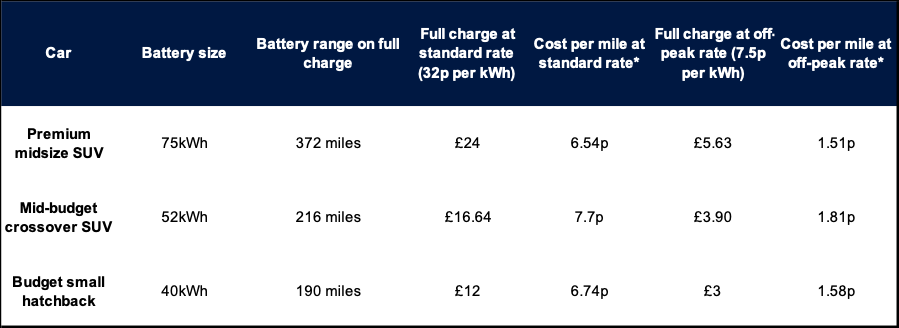
*These figures are calculated using the battery range as provided by each manufacturer, which may differ from real-world driving.
Do I need to install an electric car charger at home to have an electric vehicle?
You don’t need a home charger to own an EV. You can charge from a normal 3-pin plug or use public charging points.
The charging efficiency of standard 3-pin wall outlets is much lower than home EV charging points, and a full charge could take over 24 hours depending on your EV battery size. Plus, not every new EV includes a 3-pin charging cable, so you may need to buy one separately.
Charging exclusively at public charging points usually costs more per kWh than home electricity tariffs, and could reduce your potential savings as an EV driver.
Bottom line: you can own an EV without installing a charger, but a home charging point significantly improves charging speed, convenience, and EV charging costs.
Learn more: How to charge your EV at home
Understanding public charging costs for EVs
It’s common to worry before switching to an electric vehicle about how much it costs to fully charge your EV on a long journey, or even how much it costs to top up if you forget to charge at home.
With over 85,000 public charging points across the UK and rising, there’s no shortage of places to charge your car, even on long-distance drives.
When it comes to cost, it’s generally more expensive to charge your EV at public charging points than it is at home – and different EV charging rates apply depending on the public charging point you’re using.
Types of public charging stations for electric cars
How many kilowatts to charge an EV when you’re on the road, and therefore which chargers to use, depends on your battery size and range, as well as how long you’re able to spend at the charging location. Across the charging network providers, public charging points can be:
- Slow charging: 7kWh and under, and can take over 12 hours for a full charge.
- Fast charging: 8kWh to 50kWh, and delivers a full charge in around 8 to 12 hours.
- Rapid charging: 50kWh up to 150kWh, and takes around an hour for a full charge.
- Ultra-rapid charging: 150kWh and over, and can do a full charge in around 30 minutes.
Is there a cost difference to charge at ultra-rapid, rapid, fast and slow charging points?
On the whole, faster charging points incur higher EV charging rates.
For public charging points under 50kWh, the average cost paid (with no network membership or special offer) is 51p per kWh. For charging points over 50kWh, that average is https://www.zap-map.com/ev-stats/charging-price-indexhttps://www.zap-map.com/ev-stats/charging-price-index.
* These EV charging costs are calculated using the battery range as provided by each manufacturer, which may differ from real-world driving.
Do different providers offer different EV charging rates?
Just like your energy providers at home offer different electricity tariffs, different EV charging rates apply across different networks.
As well as different rates applying at differing charging locations and at different times of day, some networks offer monthly memberships that provide a discount on their charging rates instead of using the pay-as-you-go (PAYG) option.
How to calculate EV charging costs
Electric vehicle batteries come in a variety of capacities and ranges, so if you want to know how to calculate EV charging costs for your own car, here’s how.
(Remember that these are estimates as your charging efficiency and battery performance may vary from the manufacturer’s stated range, but you’ll still get a good idea if you’re weighing up the benefits of switching to an EV.)
How to calculate EV charging costs for a full charge
Step 1: Check your battery capacity, measured in kWh (kilowatt-hours). If you don’t know or can’t remember, you can usually find this listed in the vehicle’s specification details or your owner’s manual.
Step 2: Check your electricity tariff at the time of charging, measured as the cost per kWh. If you’re charging at home, you should be able to find the information from your energy provider either using your online account or via an app.
Remember, this price will vary if you’re using smart charging, so make sure you’re using the right rate for the time you’re charging. If you’re using a public charging point, you can check the charging network’s website, their app or an app like Zapmap for current charging rates.
Step 3: Multiply your battery size by your electricity tariff cost.
Battery size in kWh x Electricity tariff rate in pence per Kwh = Cost to charge your battery from 0 to 100%
Example:
75kWh x £0.32 per kWh = £24.00*
*Premium midsize SUV, 75kWh battery, charged at home during peak time.
How to calculate EV charging costs when you’re topping up
Most of the time, you won’t be charging your EV battery from 0% to 100%. For daily use and charging best practice, manufacturers generally recommend you keep your battery charged between 20% and 80% for optimum battery health.
If you want to calculate the cost of topping up your EV battery charge, rather than the cost of a full charge, here’s how.
Step 1: Complete the above steps to calculate cost to fully charge your EV.
Step 2: Calculate the percentage increase you want to top your EV battery up by. For example, if you’re charging your battery from 20% to 80%, that’s a 60% increase (80% -20% = 60%).
Step 3: Divide the cost to fully charge your vehicle by 100, then multiply by your percentage increase to get the cost to top up.
First:
Cost to add a full charge ÷ 100 = Cost to charge your battery by 1%
Then:
Cost to charge your battery by 1% x percentage of battery charge increase = Cost to charge
Example:
Step 1: 75kWh x £0.32 per kWh = £24.00 | Step 2: 75% - 25% = 50% increase | Step 3: £24.00 ÷ 100 = £0.24 £0.24 x 50 = £12.00*
*Premium midsize SUV, 75kWh battery, charged at home during peak time from 25% to 75%.
Tips for reducing your EV charging costs
If you want to really reap the rewards of switching to an EV and make the most of their cheaper running costs, here’s how you can maximise savings when charging.
Plan ahead to maximise at-home EV charging time
It’s definitely cheaper to charge your EV at home, even on a flat-rate electricity tariff or at peak time.
With a little planning, you can make sure you’re charging your vehicle at home as much as possible. If you do need to use public charging points while you’re on the move, you can plan to top up just with the amount you’ll need to comfortably complete your journey, rather than a full charge to keep EV charging costs low.
Switch to an EV electricity tariff with smart charging options
Find an energy provider that offers off-peak tariffs so you can charge overnight or when electricity prices are at their lowest. Smart charging supported by energy provider apps is even better, making it even easier for you to ensure your EV is charging at the most cost-effective times.
If you need to use public charging points, only rapid charge when necessary
If you’re not pressed for time and you don’t need to use rapid charging, but you do need a top-up to get home, opt for a slower public charging point that can still add on the miles in the time you have available. Slower chargers usually have a lower cost per mile than rapid and ultra-rapid charging.
Making the cost of EV charging work for you
Whether you’re looking for ways to reduce your EV charging costs, or you’re thinking about getting your first EV and wondering how it compares to petrol or diesel, the question ‘how much does it cost to charge an electric vehicle?’ will naturally be on your mind.
Overall, if you mainly charge your vehicle at home, make the most of smart charging and EV energy tariffs, and keep rapid charging in public to a minimum. You should find this the most cost effective way charge your EV and feel confident that you’re maximising your cost savings alongside a greener choice of travel.
You’ll find everything you need to know about buying and owning electric vehicles on our EV Hub.


